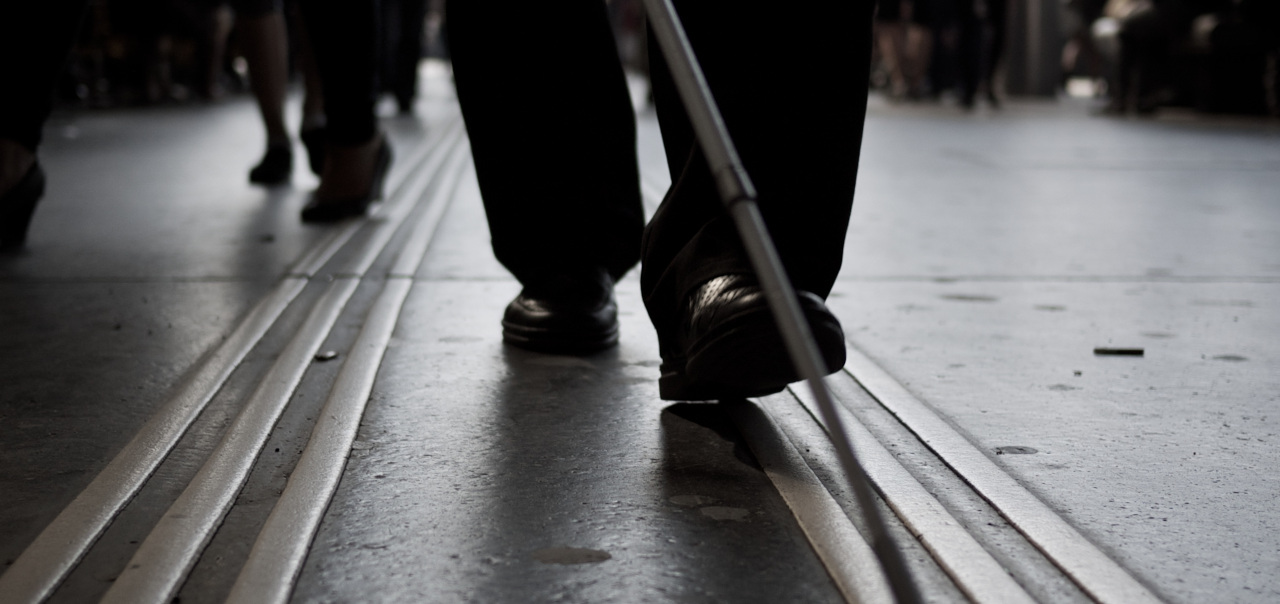
Visual Impairment and Universal Suffrage
Cómo la tecnología puede ayudar a ejercer el derecho a voto a las personas con discapacidad visual
It has never been as important as now to consider ourselves an active part in many of the processes related to the social changes we have been experiencing in the last 15 years, thanks to the advent of new technological tools and their interconnection to the Internet. Through our cell phones we have mechanisms to communicate, almost instantly, our ideas, proposals, complaints, etc. within our relationship groups.
Of course, it is exciting to be participants in our destiny, simply by the fact of "participating". Well, whether we want it or not, visually impaired people, as an active part of society, need, want, have the right and need to participate.
For this, it is necessary to continue fighting so that the information technologies, more and more quickly, adapt from their birth to the recommendations of Universal Accessibility, for which so much has been persevered.
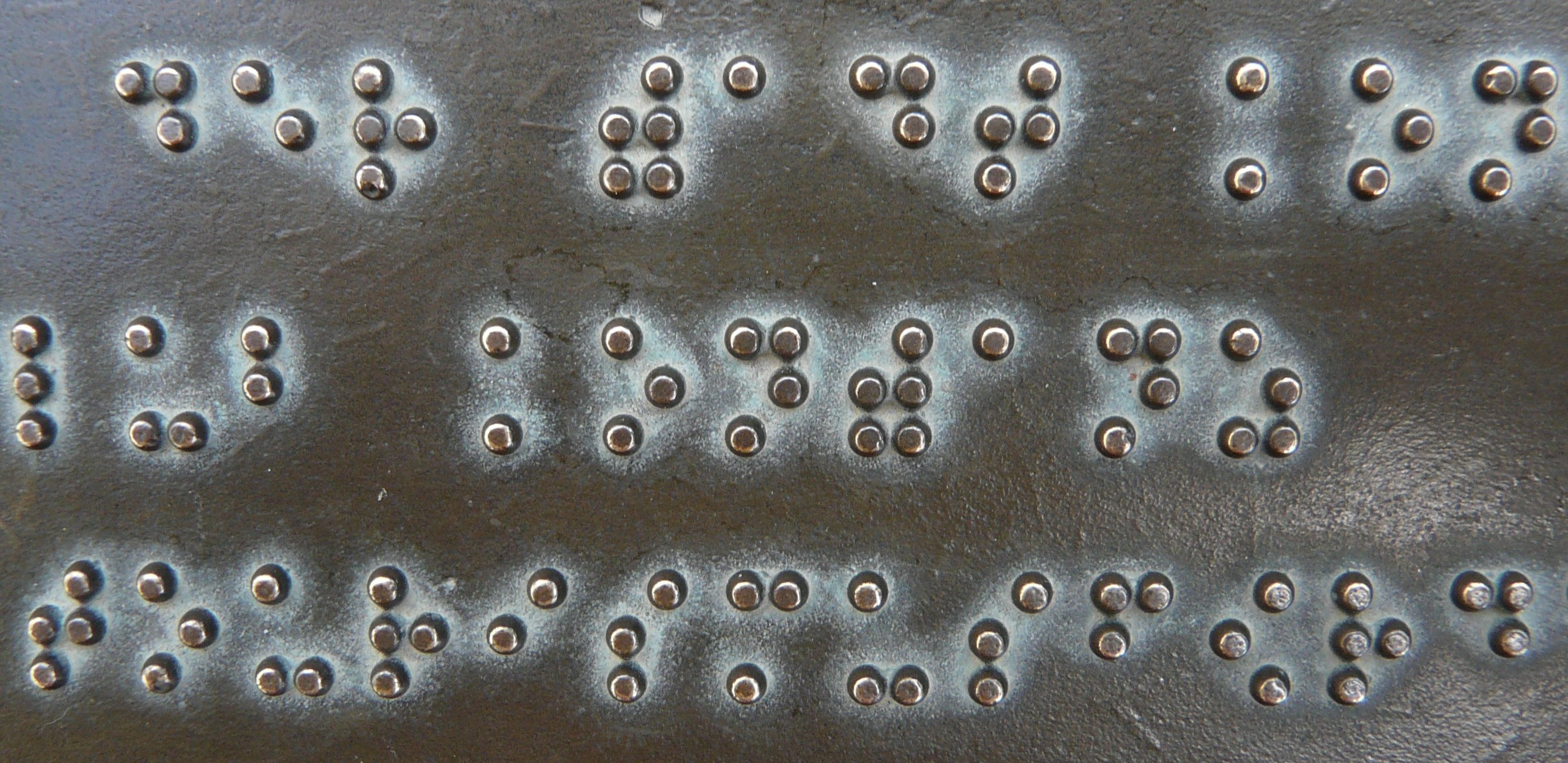
When we talk about participating in society, one of its greatest exponents is the electoral process. It is true that Spanish legislation has advanced in recent years to guarantee the right to vote for people with visual disabilities. Even so, there are a number of issues that have yet to be resolved, including:
- Access to the voting place
- Access to information
- Execution of the vote
From a general point of view, the same problems will have to be adressed in the remote voting mode, but at least one of the fundamental aspects of this process can be ruled out: "access to the voting place", even if other aspects inherent to its remote execution and the technology to be used are complicated.
Access to the voting place
The access to the voting place is one of the problems that leads to more abandonment of the exercise of suffrage by people with disabilities in general, especially those who are older or have little social contact on which to rely. We think that some polling stations do not have the basic suitable characteristics in terms of essential aspects, such as the exact location of the voting place, environmental noise, mobility, access to information, etc., which make the environment a complicated area when it comes to exercising this right.
Access to information
Regarding the process of access to information and execution of the vote, there are also many problems not so easy to solve. Although Spanish Royal Decree 1612/2007 of December 7 regulates an accessible voting procedure that allows visually impaired users of the Braille system to identify their voting option, without being assisted by a person they trust and therefore with full guarantees for the secrecy of the vote, in practice this is not always the case.
It all depends on whether or not the person has the direct help of a collaborator or some support staff in the voting place facilities. If this is not the case, things get complicated because nobody likes to provide information about their thoughts, affiliation or political tendencies to people outside their immediate environment and even, in this case, sometimes it is not convenient either.
This is where technology now has the means to facilitate this information and put it at the service of users. For example, something as simple as the possiblility of consulting a web page or an explanatory text. The voting place can be described so that, with a minimum of help, the voter can approach the table where he or she can identify himself or herself and hand in the vote. Technology also offers possibilities to help us move around inside the facility and get to the right place to identify ourselves and deliver our vote. Support systems of podotactic guidance, sound beacons and special optical codes such us "NaviLens" or others can be used.
Execution of the vote
In person, and thanks to Royal Decree 1612/2007, anyone capable of using the Braille system can prepare their vote, just like any other non-disabled voter, even if they must previously request the "Voting Kit" or ask the President of their polling station, an option that is not always available. At this time, there are no other officially recognized alternative methods of voting.
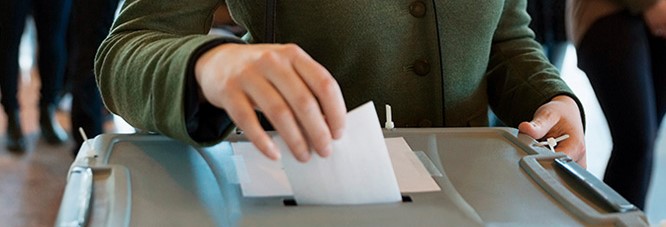
As a solution to this problem, it would be possible to prepare new ballots, with all the information of their content in a QR code, easily identifiable and scanned by people with some kind of disability. A good example can be made with VOICEYE technology. This possibility is easy to be implement with nowadays technology and does not increase the cost of production.
If the vote could be prepared from a specific terminal, where it is possible to consult the information, select the required information, identify oneself and carry out the vote from the terminal itself, we would have a friendlier environment, perfectly prepared to execute the right to vote in a more modern and updated way. This terminal would have all the information access modes used: Braille, voice synthesis and character enlargement.
If this terminal could be simulated remotely, with any type of device that guarantees access to information, allows the identification of the voter, guarantees the secrecy of the vote and executes it safely, there would be no great problem for people with disabilities to exercise their right to vote in an adequate environment or modality.
In case of blindness and visual impairment, these processes could be guaranteed if the basic premises of Accessibility (e.g., screen review through voice synthesis, character enlargement, electronic Braille, etc.) and Usability are met.





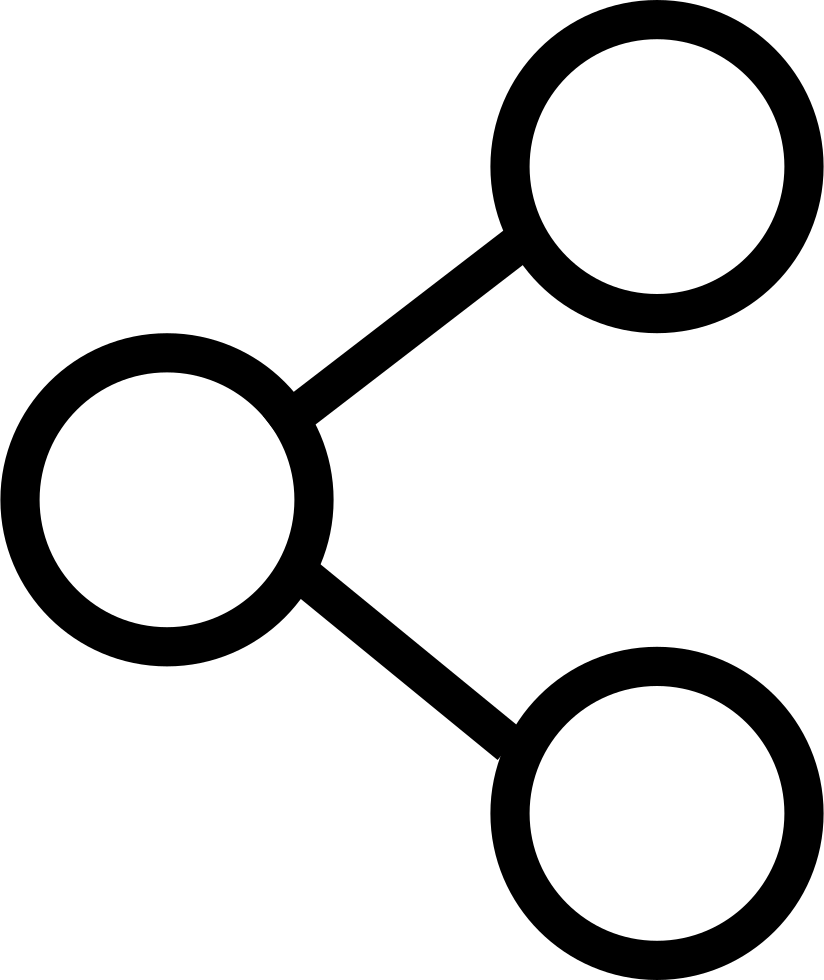

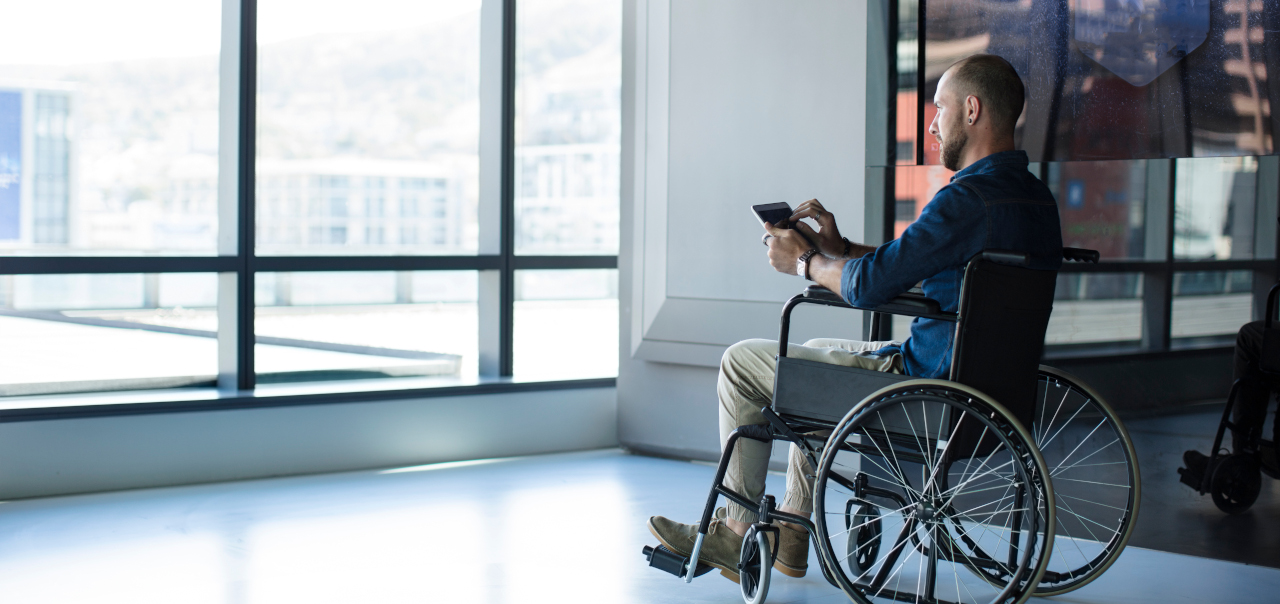
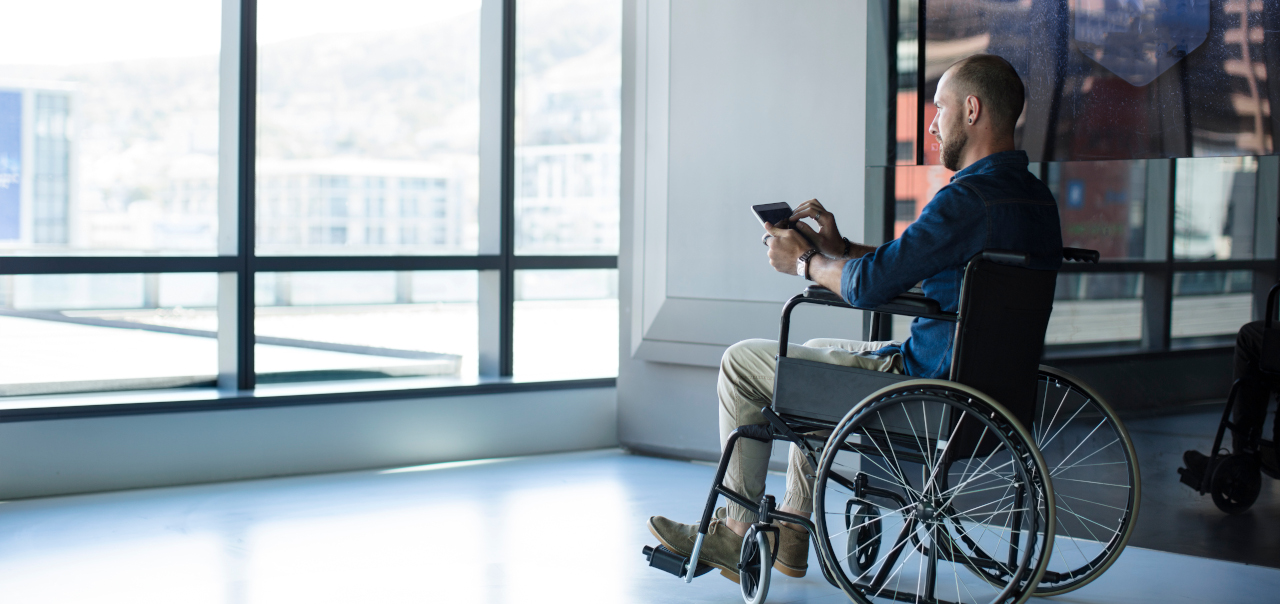
Add comment